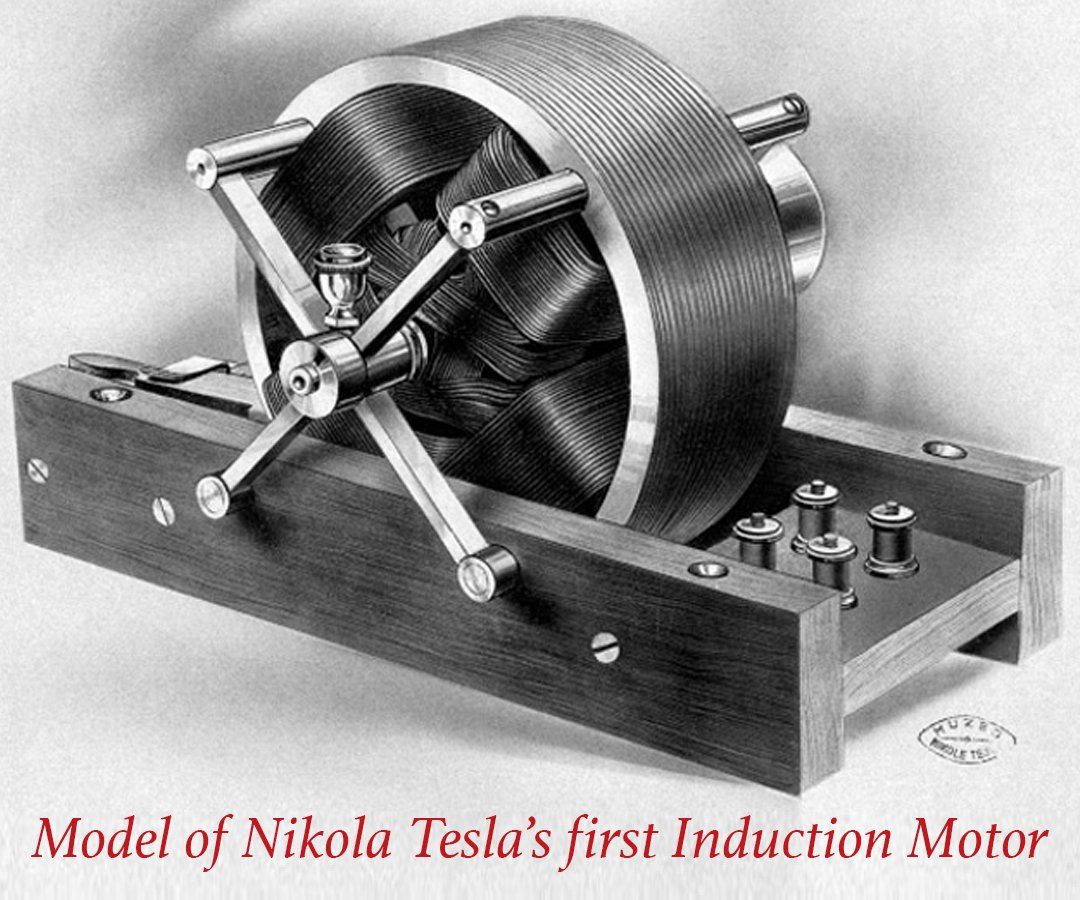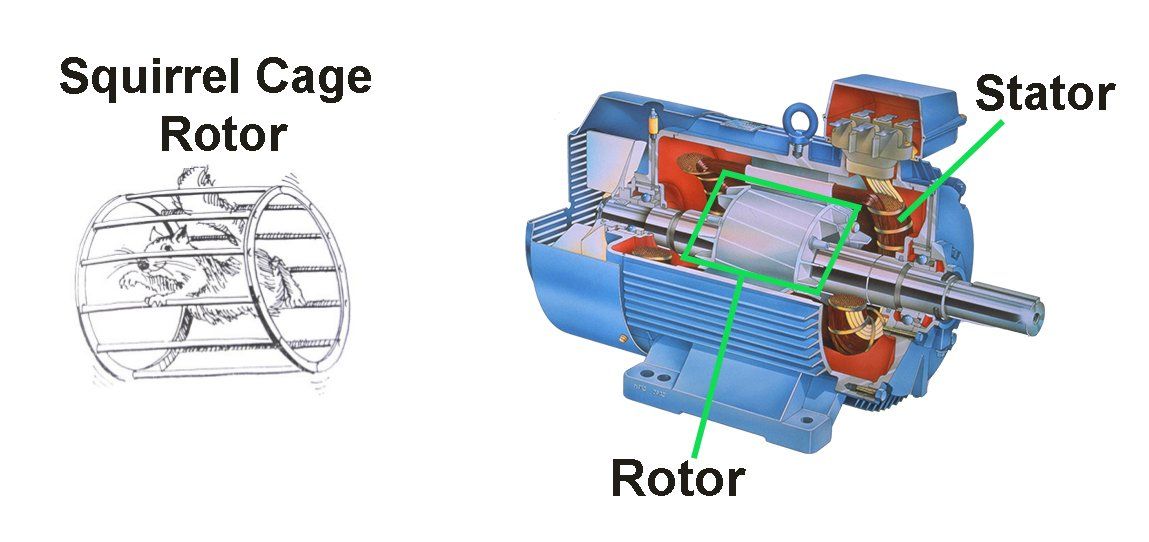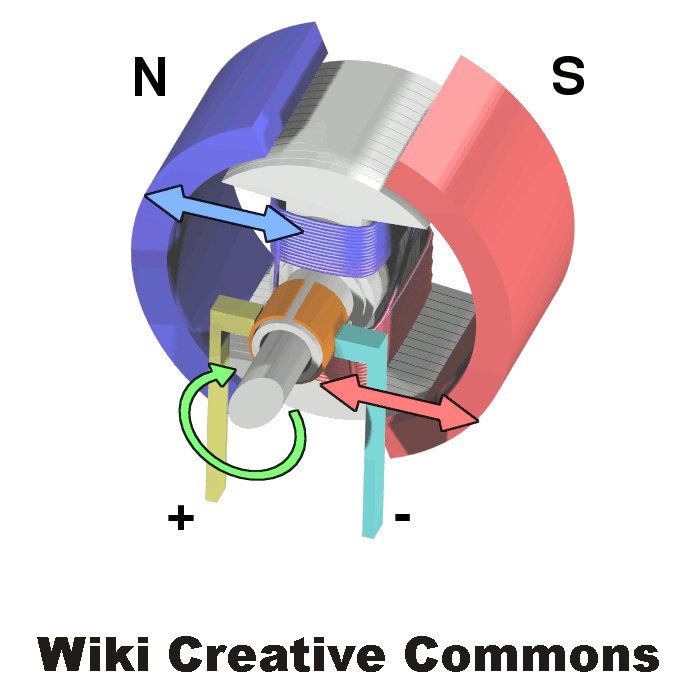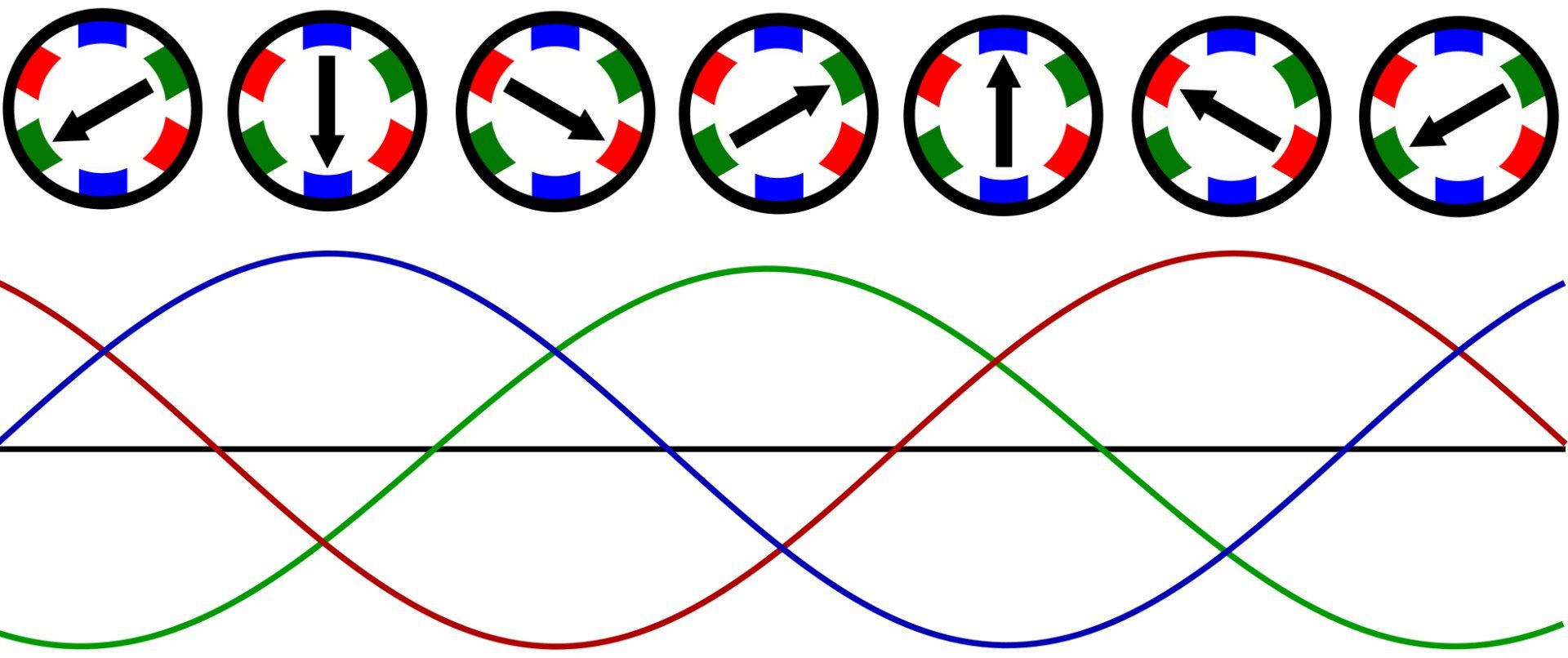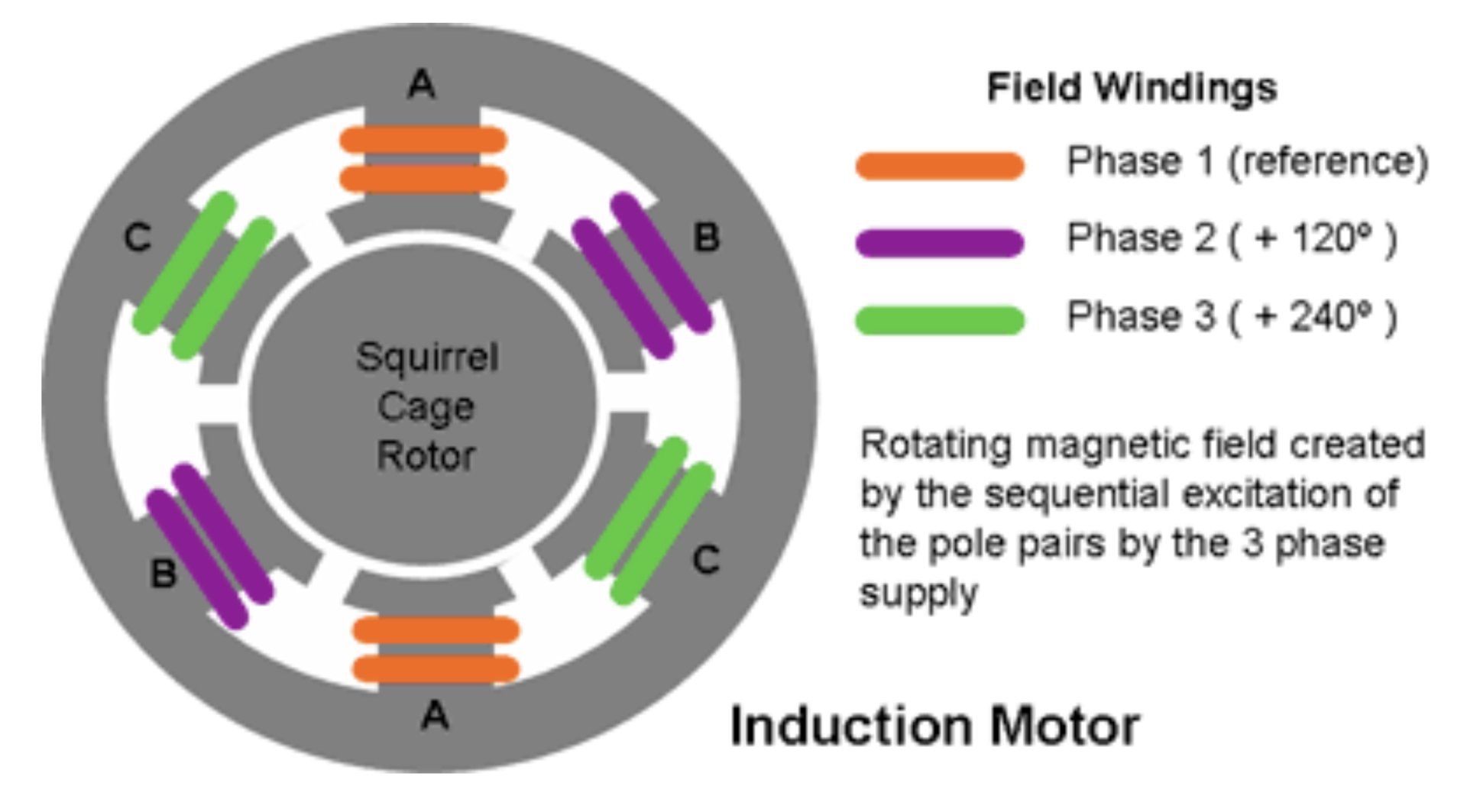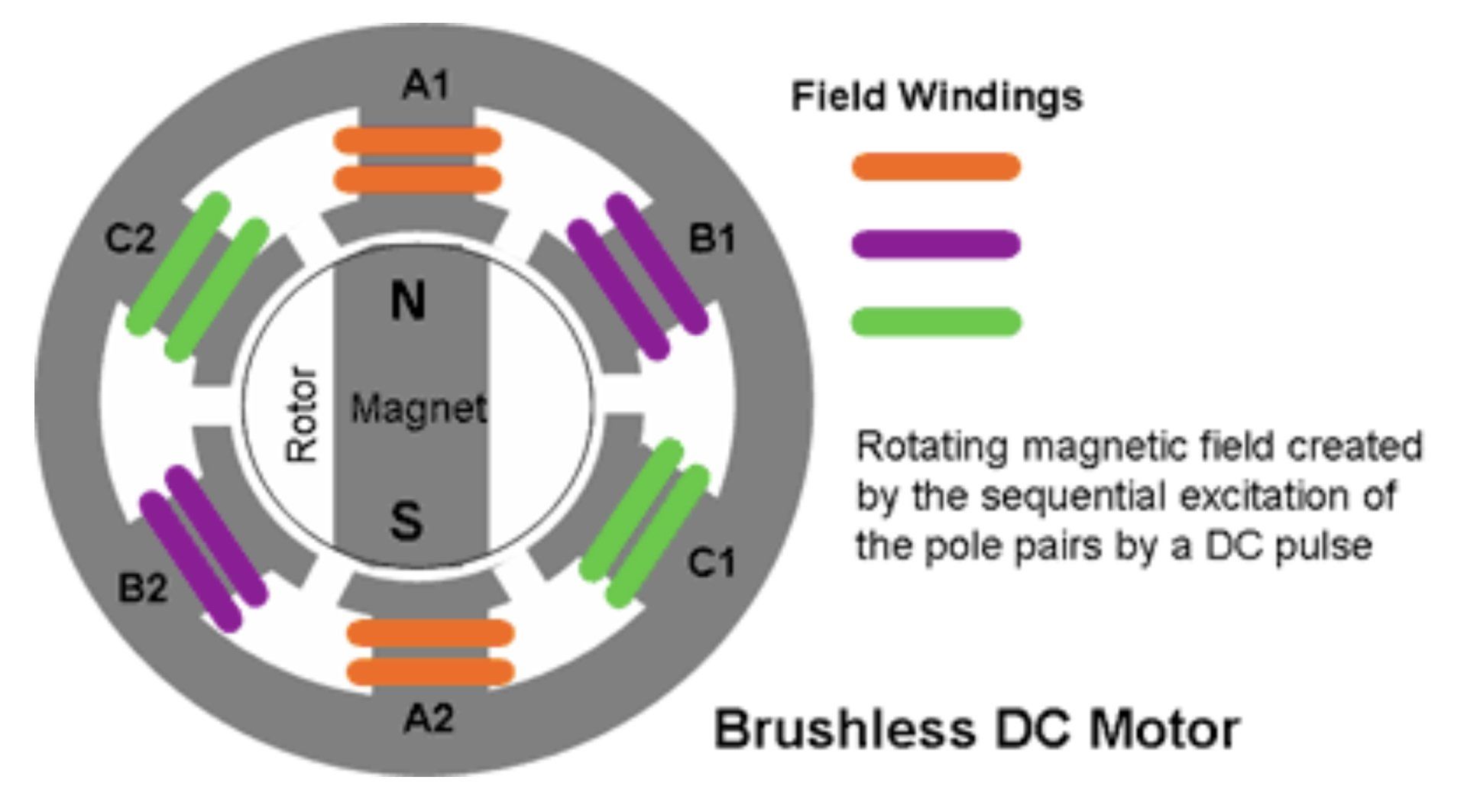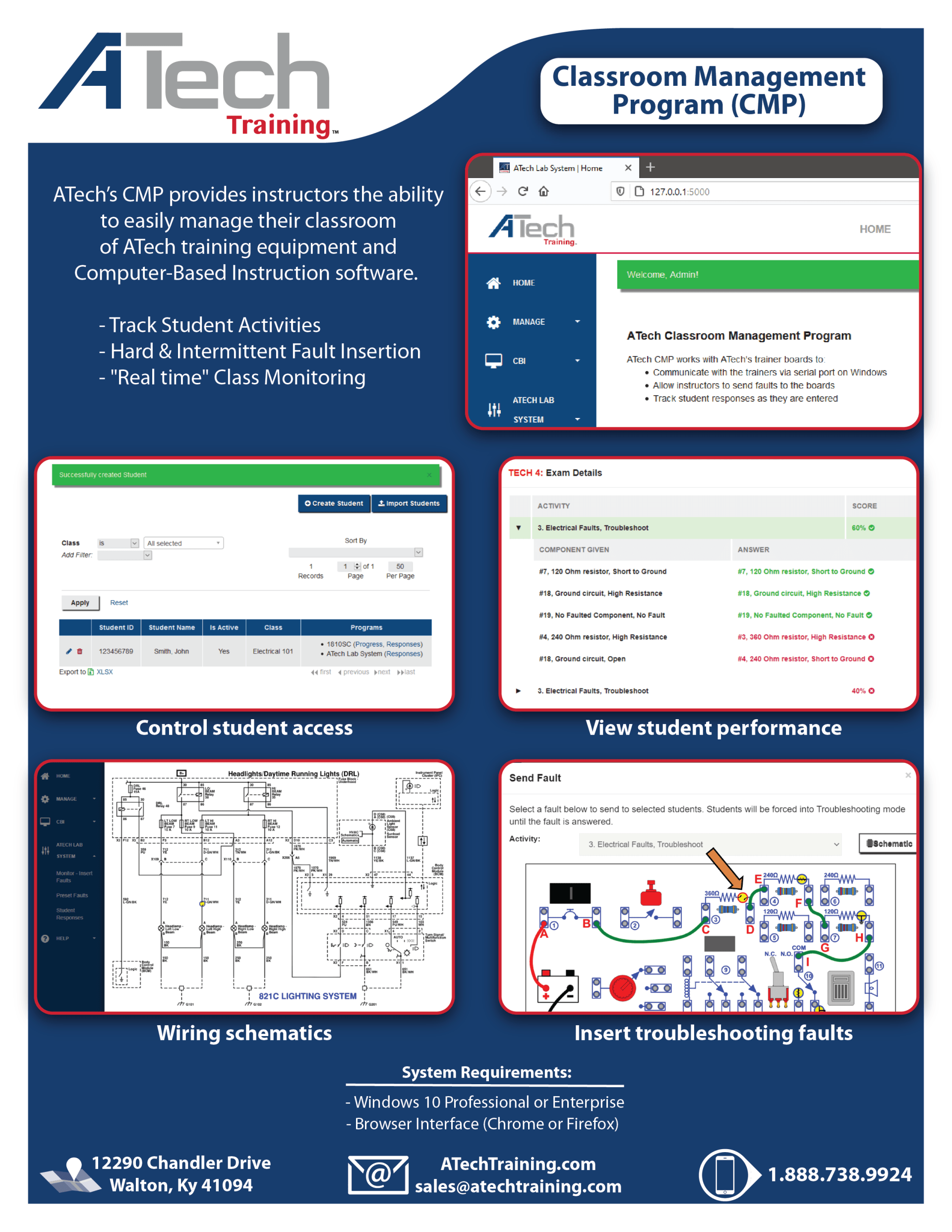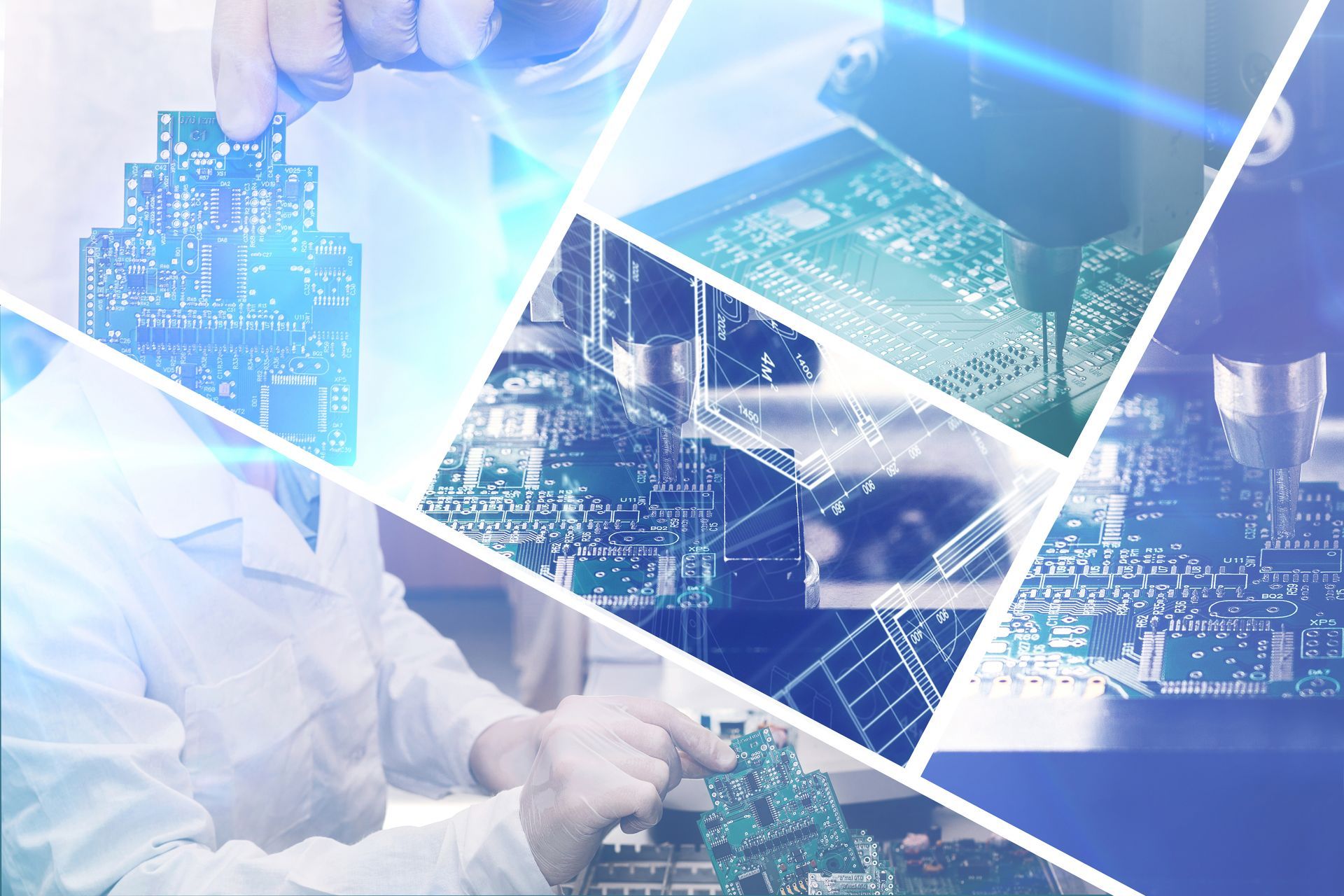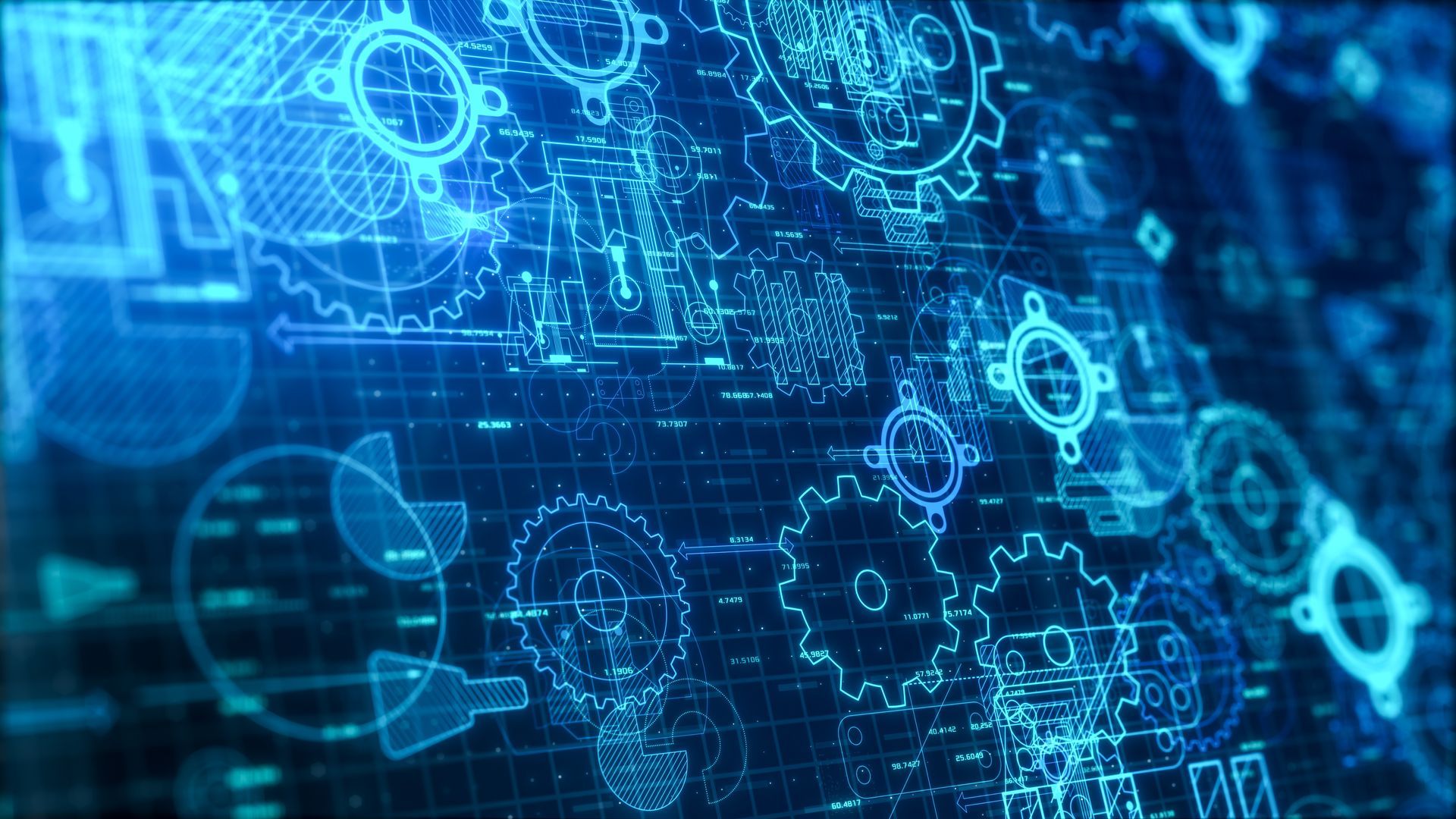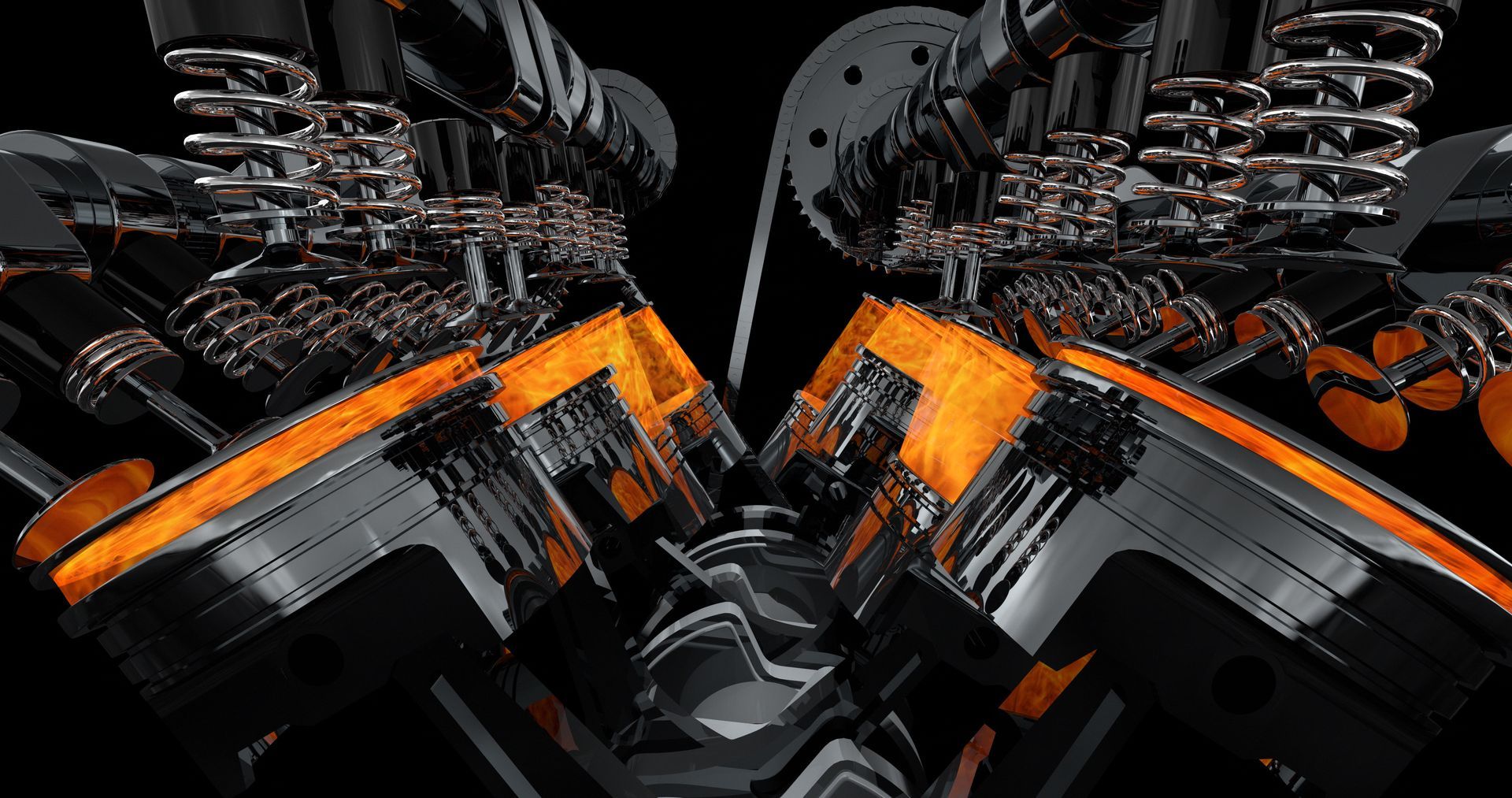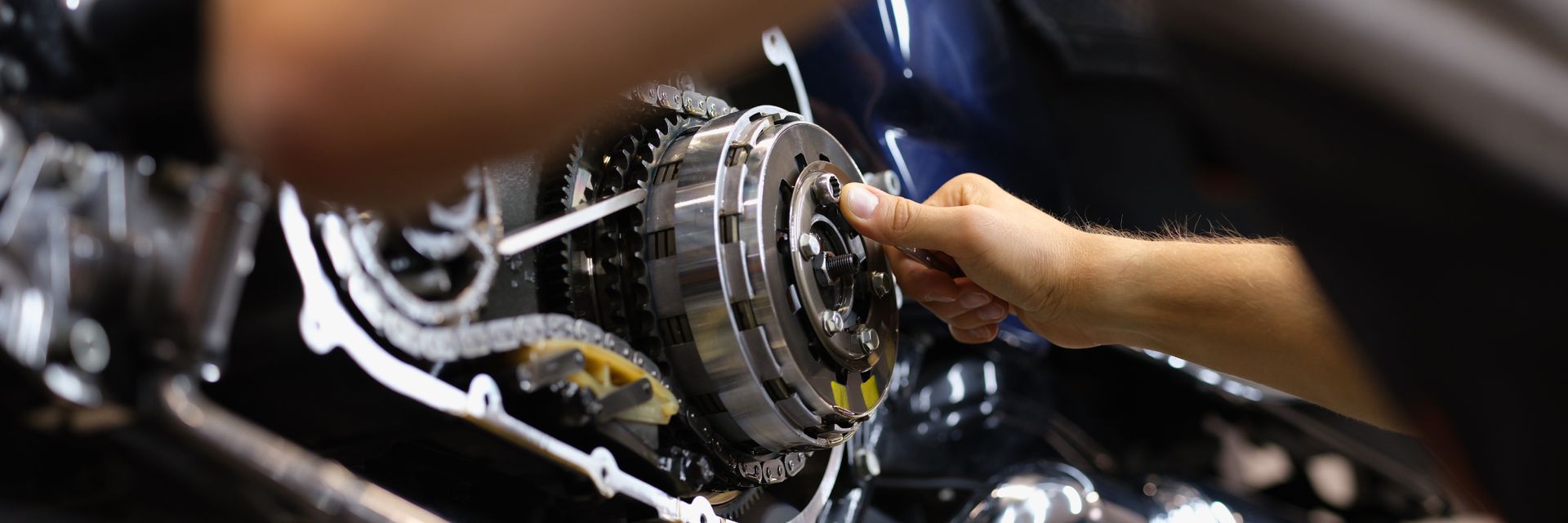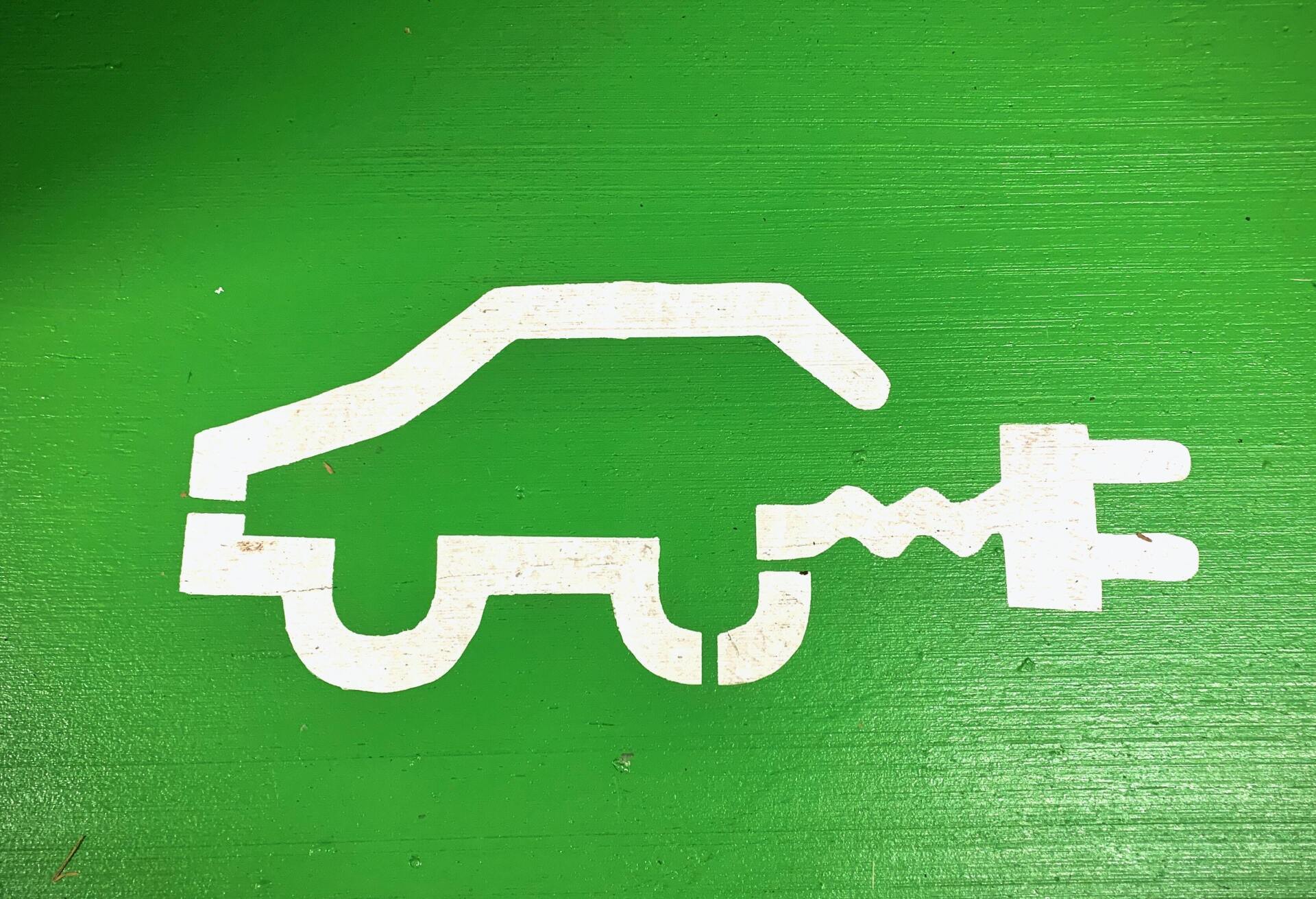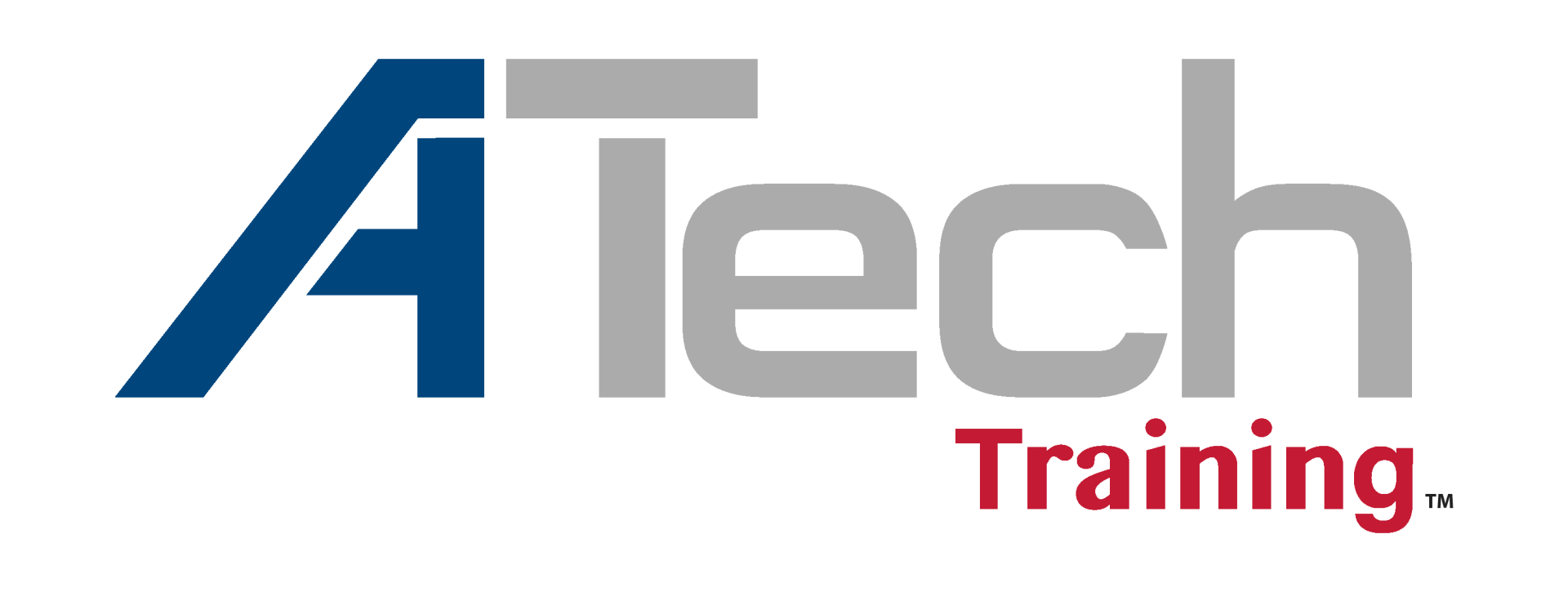By Jeff Bogue
•
December 12, 2023
I have been dreaming about and studying engines and engine performance of cars, trucks, and motorcycles for the better part of 45 years. It’s a hobby. It keeps me busy on cold winter evenings. It’s something that has become a large part of my life and, like playing with dogs, is something I love to do. I have written about engines and the engineering that is involved in them for the last 15 years, and I have always been forward-thinking. When a new engine is being lauded by the manufacturers as the next big thing, I read all about it and report those findings here. In the past, I have written about every one of the engines in this article at one time or another, and each one was glowingly revealed by the engineers with the statement “We can expect these engines in our cars in the next few years”. Well, a few years have passed and now most of these engines ARE in our cars and trucks and should be reaching repair shops and dealerships now. We just haven’t heard that much about them because people, as a general rule, really don’t care that much about which engine is in their car if it gets good gas mileage, is reasonably reliable, and has a little umph to get on the highway. Well, that is not us. We care. We study it. It’s what we do and why you are where you are reading this article. Without further ado, let us look at the “Engines of the Future” that you can buy (and service) now.


